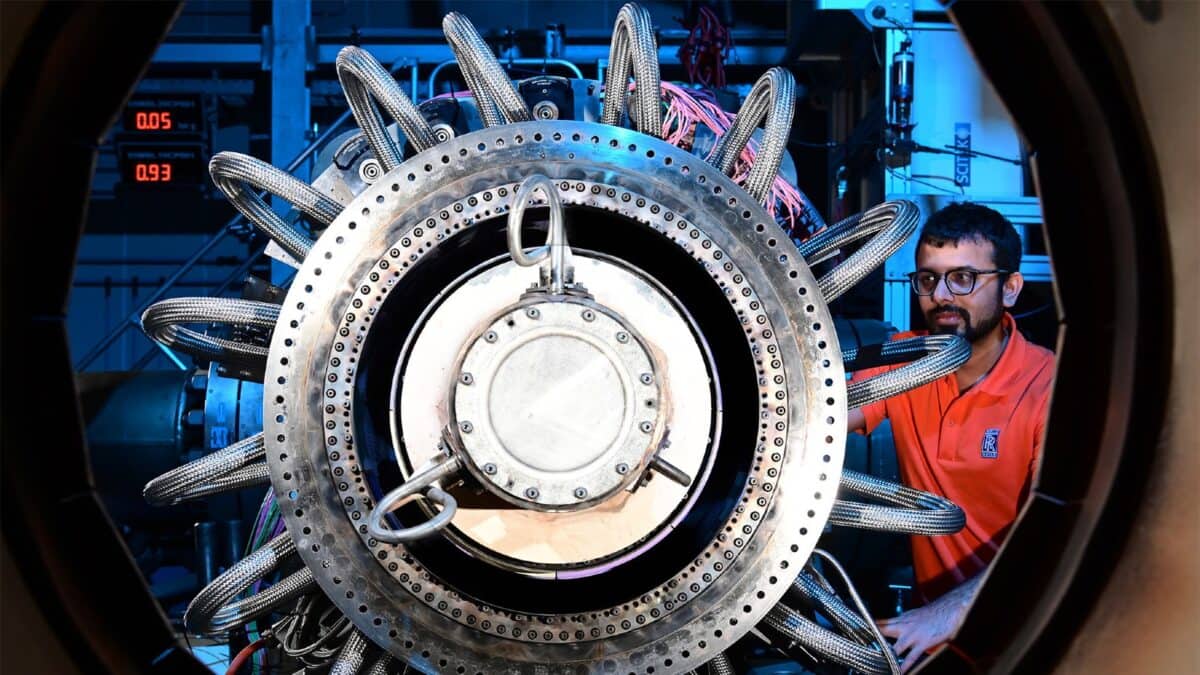It might appear odd to some investors currently to ask whether Rolls-Royce’s (LSE: RR) share price is a bargain.
After all, the stock has risen from £1.49 a share on 3 March 2023 to £3.75 a year later. In fact, it is at its highest level since 6 January 2014, when it briefly traded at £3.88, before closing at £3.71.
However, the key point is that a stock’s true value is not dependent on share-price moves — up or down. A company could simply be that a company is worth more – or less – than it was before.
Should you invest £1,000 in Bbgi Sicav S.a. right now?
When investing expert Mark Rogers has a stock tip, it can pay to listen. After all, the flagship Motley Fool Share Advisor newsletter he has run for nearly a decade has provided thousands of paying members with top stock recommendations from the UK and US markets. And right now, Mark thinks there are 6 standout stocks that investors should consider buying. Want to see if Bbgi Sicav S.a. made the list?
In fact, it might be worth a lot more than even a dramatically rising share price has so far reflected.
Is the stock still a bargain?
To ascertain whether Rolls-Royce is still a bargain, I started by comparing its key price-to-earnings (P/E) ratio with those of its peers.
Rolls-Royce currently trades on this key measurement at just 13. This is by far the lowest among its peers, which have an average P/E of 28.3.
The group comprises BAE Systems at 20.3, General Dynamics at 22.4, Northrup Grumman at 33.2, and RTX at 37.2.
On this measure, Rolls-Royce shares look very undervalued.
I then used the discounted cash flow model to try to ascertain what a fair value per share would be. This showed the stock to be around 44% undervalued at the current price of £3.75.
Therefore, I believe a fair value would be around £6.70 a share.
This does not necessarily mean the stock will ever reach that price. However, it does confirm to me that the shares still look very good value indeed.
Is this supported by the core business outlook?
The company’s 2023 results supported the idea that there is much more value left in the shares, in my view.
Underlying profit increased by £938m to £1.6bn, while revenue increased from £12.7bn to £15.4bn. Underlying operating margins more than doubled — rising from 5.1% to 10.3%. And underlying free cash flow jumped from £505m to a record of £1.3bn.
Rolls-Royce now expects free cash flow to hit £1.9bn by the end of this year. And it forecasts underlying profits as high as £2bn in the same period.
Additionally positive in the results was that large aerospace engine orders were the highest in more than 15 years.
In its defence business, the firm expects expansion in its submarine programmes, following its involvement in the trilateral AUKUS programme.
It also highlighted strong demand for power generation solutions and services in the data centre market.
This said, there are risks in the stock. Civil aerospace still constitutes around 43% of Rolls-Royce’s business, so a new pandemic would cripple its revenues in the sector. Additionally, a major problem in any of its key defence sector products would be very costly to it.
So will I buy it?
I already own shares in a company in the same sector — BAE Systems — so buying another one would unbalance my portfolio.
However, if I did not have this, I would buy Rolls-Royce shares today. The dramatic rise in price does not deter me in the slightest, as I see a lot of value left in the stock.
I think this is further supported by core businesses that look set to grow strongly over the long term.








